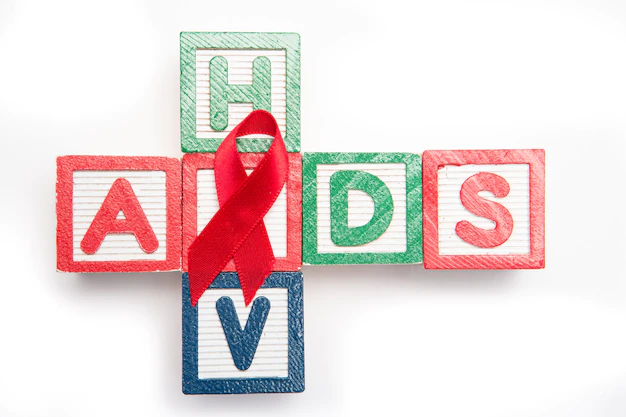HIV and AIDS Overview

Human immunodeficiency virus (HIV) is a virus that attacks the body’s immune system, leaving individuals vulnerable to opportunistic infections and diseases. If left untreated, HIV can progress to acquired immunodeficiency syndrome (AIDS), which is a more advanced and severe stage of the disease.
HIV is transmitted through blood, semen, vaginal secretions, and breast milk. This means that it can be spread through unprotected sexual contact, sharing needles or other drug injection equipment, and mother-to-child transmission during pregnancy, childbirth, or breastfeeding.
Symptoms of HIV can vary widely, and some people may not experience any symptoms at all. However, common symptoms can include fever, fatigue, swollen lymph nodes, and a rash. These symptoms can appear within 2-4 weeks of infection and may last for a few weeks before disappearing.
The only way to know for sure if someone has HIV is to get tested. HIV testing is recommended for everyone between the ages of 13 and 64, and more frequent testing may be recommended for those who engage in high-risk behaviors or have been exposed to the virus.
There is no cure for HIV, but there are medications available that can help manage the virus and prevent its progression to AIDS. These medications, known as antiretroviral therapy (ART), work by reducing the amount of virus in the body and allowing the immune system to strengthen and recover.
Prevention of HIV includes practicing safe sex, using condoms consistently and correctly, avoiding the sharing of needles or other drug injection equipment, and using pre-exposure prophylaxis (PrEP) for those at high risk of HIV infection. Additionally, mother-to-child transmission can be prevented through the use of antiretroviral medications during pregnancy, childbirth, and breastfeeding.
It’s important to note that HIV is not spread through casual contact, such as hugging or sharing food, and that individuals living with HIV can lead full and healthy lives with proper treatment and care.
